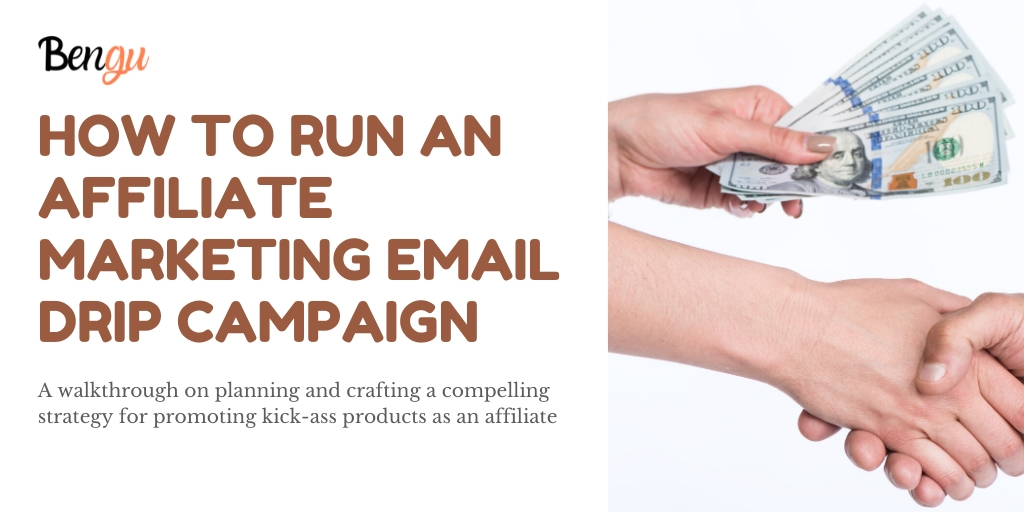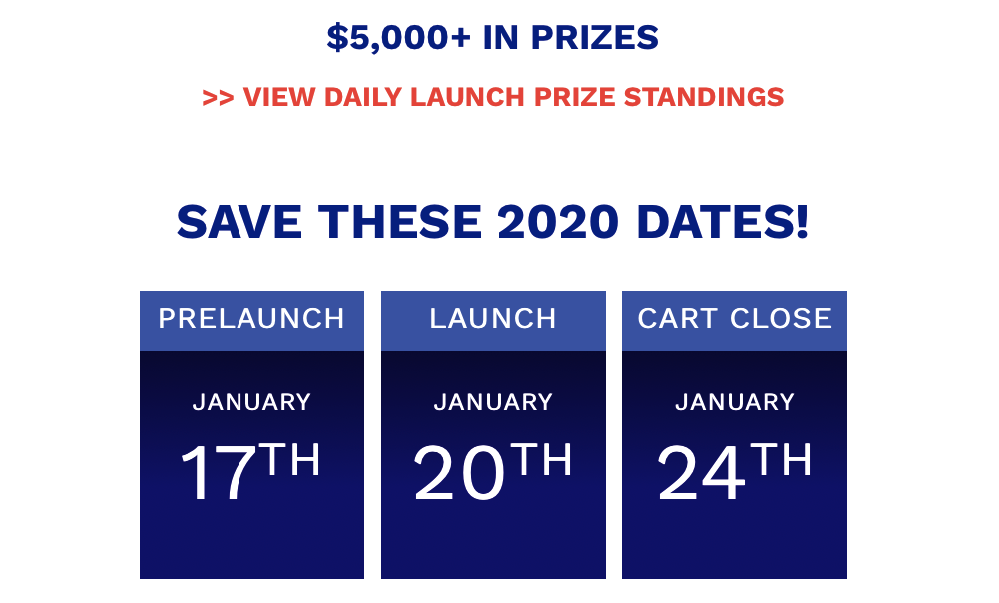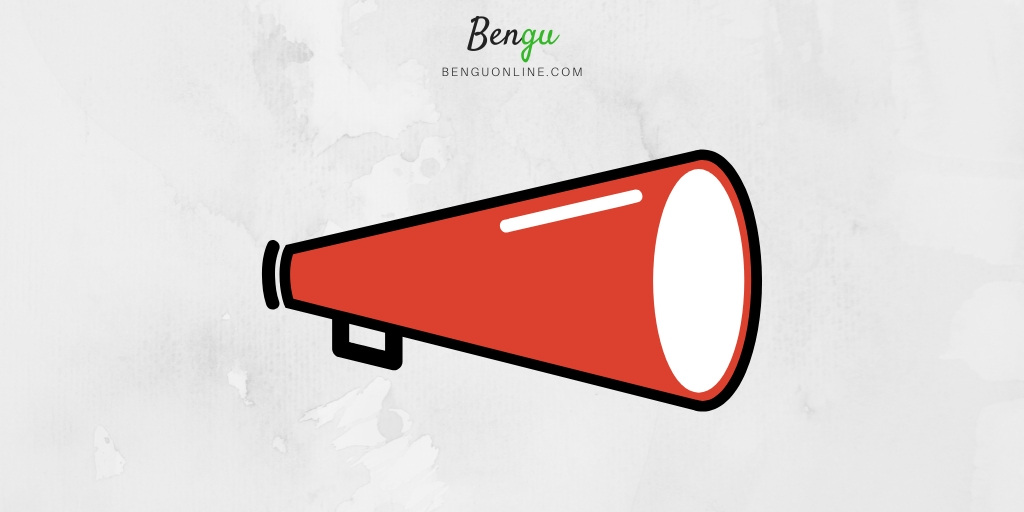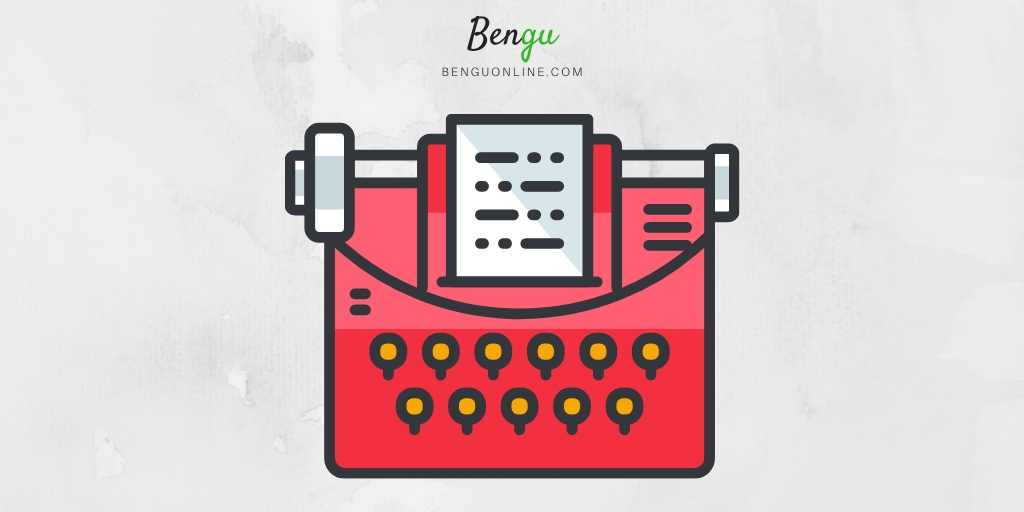You’re more likely to purchase a product if you’re given a discount — right?
You only have to look at the success of events like Black Friday, to realise just how much consumers are willing to spend/go completely mad when it comes to special offers:

Source: Comscore
Not only will people spend a lot of money, but they’ll also do a lot of impulse buying (and wrestling with other customers)…
*shakes head repeatedly*
Some people would literally kill for a bargain.
A RetailMe survey found that two-thirds of consumers purchased something that they weren’t planning on because they found the product was on special offer.
The very same survey found 80% of respondents felt encouraged to make a first-time purchase with a brand if they found a special offer or discount.
The fact that people like to save money isn’t surprising. Who doesn’t love a great bargain?!
This is why promoting special offers as an affiliate can be a lucrative profession.
As an affiliate, you have access to a range of marketing channels to promote your offers. And one of the most effective is email marketing.
In this guide, I will show you how to run an affiliate email marketing campaign for a promo.
Let’s get started:
Consider the customer’s user experience
There are two essential factors you need to consider as you prepare to run an affiliate promo. The first is where you plan to send your email subscribers.
Here you are dealing with an issue of trust.
While the people on your email list might trust you, if they’ve never heard of the company you’re promoting, they’ll need reassurance that the offer is legit. On the flip side, this won’t be an issue for large, trusted brands like Amazon.
The second thing you need to consider is product price point:
If the product you’re promoting costs more than around $70 AND it’s from a company they’ve never heard of — you won’t get many buyers if you send them straight to a sales page. It’s just too much money to invest without knowing what you’re getting.
Also, it comes off as a little salesy if you’re just sending people straight to sales pages.
Instead, you need to educate the person on the product you’re recommending. This is why high ticket items are generally sold through a webinar or over the phone.
The best affiliate programs have their own internal working systems for converting leads into customers for their high priced products. This means you can leave the heavy lifting to the in-house sales experts for your product promotions!
That’s the basics covered!
Break down the features and benefits
So you know what you’re planning to promote. Great start!
Now consider why someone on your email list would want to buy the product you’re putting in front of them.
Do they have a painful problem that can be solved with your product?
Understanding why a person would make a purchase plays into how you pitch your offer.
With that in mind, grab a pen and a piece of paper. Fold the paper in half. On one half of the page, write “Features” and, on the other side, write “Benefits.”
Like so:
Write down all of the cool features of the product you plan to promote on one side.
Then, on the other side, write down how that feature would benefit the user.
This is a simple exercise that will drastically improve the quality of the email copy you create. Spend some time on this. The more effort you put into this exercise, the better the quality of your resulting sales copy when you craft your emails.
Segment your email list
If you’re honest with yourself, you probably don’t spend much time segmenting your email list. At most, you perhaps segment your list based on who opened your last email.
This is an oversight.
You should segment your list based on interests and the amount of money they spend — plenty of tools (like Clickfunnels) can provide you with these types of insights.
Having a clear picture of your subscribers’ buying habits and interests is useful when crafting the copy for your affiliate promotion.
For example, if you were promoting a high-value product, it makes more sense to send the offer to people who have purchased similar services in the past. The fact you can assume these people have money will impact how you pitch the offer.
The better you segment your email list, the more sales you’re likely to make because your emails will be personalised and hyper-targeted.
How many emails should you send?
So now you need to make two important decisions:
- How long will you run your affiliate promotion?
- How many emails will you send during the promotion?
Let’s start with the first question:
Your affiliate promotion should have a time limit. This will create a sense of urgency for the offer which will help you generate more sales. It should also be a special offer — either cheaper than it normally is or you should provide a free bonus if they purchase it within a set time period.
You’ll find that most product launches for software on sites like Muncheye, last 5-7 days. This is the ideal length for a promo. The end of the offer is always in sight, which heightens the urgency.
So that covers how long your promotion should last.
In terms of the number of emails to send, there are three important dates in a product launch. These are:
Prelaunch, launch, and close.
Look how they highlight those dates in the affiliate promotion below:
Here’s a quick summary on why this is important:
- Prelaunch is when you build up some anticipation about the promotion
- Launch date is when the offer goes live to your email list
- Close is when the offer is taken off the market
At a minimum, I strongly recommend you create an email sequence with one email for each of those events.
So let’s cover some tips on how to craft that copy.
Communicating offers to your subscribers
All the work you put in earlier, looking at features and benefits comes into play when crafting your email for your product promotion.
The email copy you create needs to clearly explain the benefits a buyer would receive if they went on to purchase.
These benefits will vary depending on the product you’re promoting. For example, if I were to promote a new project management tool I might touch on:
- How this software compares in pricing to a tool like Monday.com
- A funky new feature that connects meeting appointments to your work schedule
- How the tool has saved a business owner 20 hours a week
- Why it will make you a better cook. Ok, just checking you’re paying attention 😁
The more thought you put into this process, the higher the chance your content will resonate with readers. And spur them to click your affiliate links to find out more.
There’s one other thing you need to keep in mind:
The only purpose of your email is to get them to click on the link.
You’re not trying to sell the product. That’s what the sales page should do. The purpose of your email copy is to generate enough interest/intrigue to get readers to click and find out more:
Finally, you will be sending an email sequence (with tools like ActiveCampaign, GetResponse or Sendinblue). Each email you send in the sequence should have a different purpose. Use the following format to personalize your email templates:
- Gain: Start your campaign with a free giveaway. This will maximise the number of people who open the email
- Logic: Discuss the benefits of the offer that you’re promoting
- Fear: Wrap the promo up with a FAQ of the most common questions that could be holding a person back from making a purchase. Emphasize that the clock is ticking
Experiment and try to figure out a formula that works well for your affiliate marketing email campaign. The above Gain, Logic, Fear formula is really effective.
Email copywriting tips
Writing sales copy is an art. It takes time to learn how to write in a way that inspires action.
Some practical tips to keep in as you write your copy include:
- Spend a good amount of time crafting a compelling email subject line
- Use the Awareness Interest Desire Action formula. Your mail should create awareness, generate interest, elicit a desire for the product and finally, prompt the person to take an action
- Use three calls to action interspersed in your copy. Have one in the top third, one in the lower third, and a final CTA at the end
- Once you reach the closing stages of the campaign, use an email countdown timer. This will help create Fear of Missing Out (FOMO)
- Sell from the PS. Some readers scroll straight to the bottom of your email to get the gist in the PS. Use this to your advantage to summarise your message and include a link to your product
Here’s a summary of the AIDA formula:
Source: TopGrowthMarketing
Assessing your affiliate email campaign
Once you’ve written, scheduled and sent your emails, your job is almost done.
However, like any good sports coach will tell you, the secret to personal improvement is in analysing your results. And making adjustments.
In an affiliate marketing email campaign, you should assess your campaign based on the following metrics:
- Open rate: This is the number of people who open the email. If the open rate is low, make adjustments to your subject line
- CTR: This is the number of people who click the link to your sales page. A high open rate and low CTR means you should improve your email copy
- Conversion rate: This is the number of people who make a purchase. Low conversion and high CTR means the affiliate offer you are promoting isn’t worth your time
Reviewing the success of your affiliate marketing email campaign will help you figure out what you are doing right. Just as importantly, it will help determine if the affiliate offer you are promoting is converting. This is important because you don’t want to send multiple emails to people if they aren’t likely to purchase the product.
Wrapping up
So there you have it. The secret on how to create an affiliate marketing email campaign. At the start of this guide, I discussed the importance of user experience and just what you are promoting. I then talked about why it’s so important that you spend time figuring out the benefits of the product you want to promote.
Following on from this, I discussed some of the fundamentals regarding writing an email series. I also shared some copywriting tips for writing an engaging email. Now it’s over to you — best of luck!
Owen Baker is a content marketer for Right Inbox, an email scheduling tool, and Voila Norbert. He has spent most of the last decade working online for a range of marketing companies. When he’s not busy writing, you can find him in the kitchen mastering new dishes.









